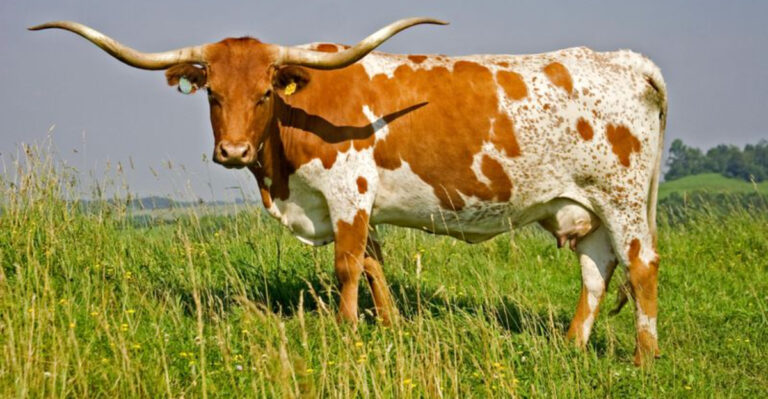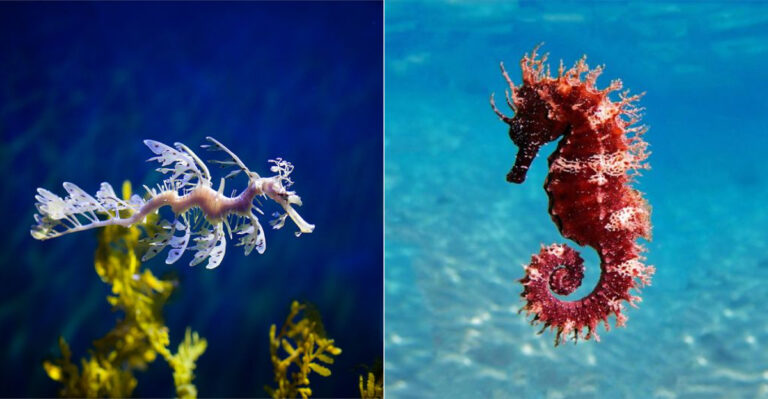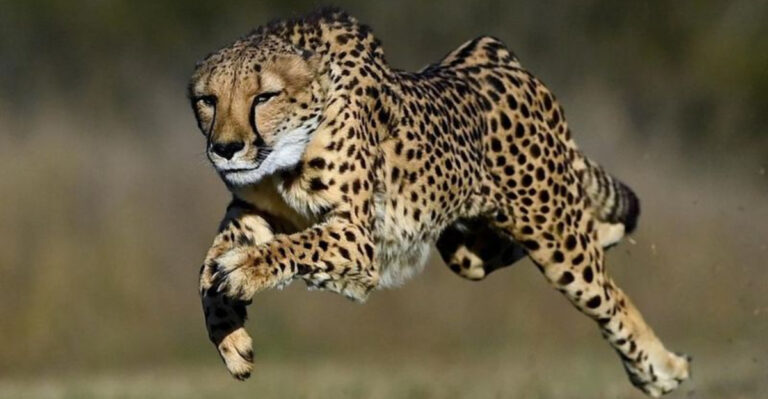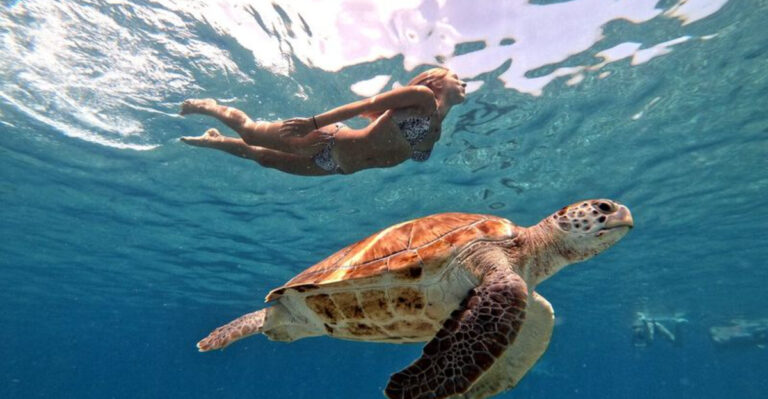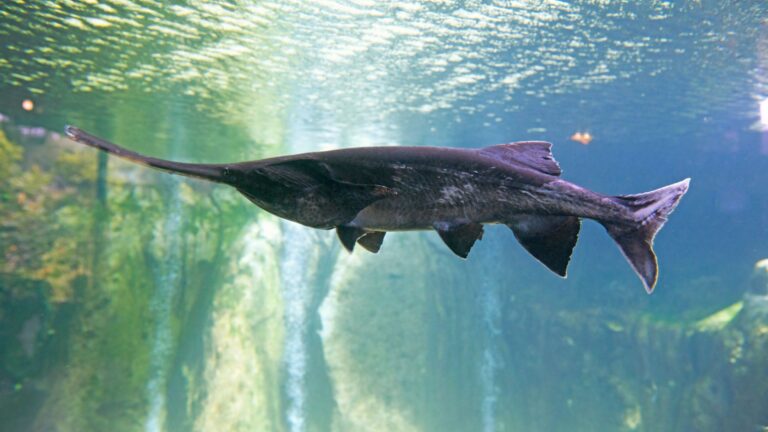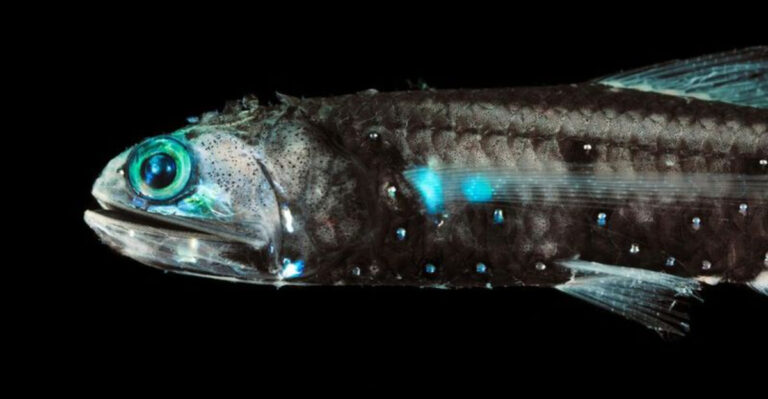13 Facts About The Giant Deep-Diving Migrant Of The Open Seas
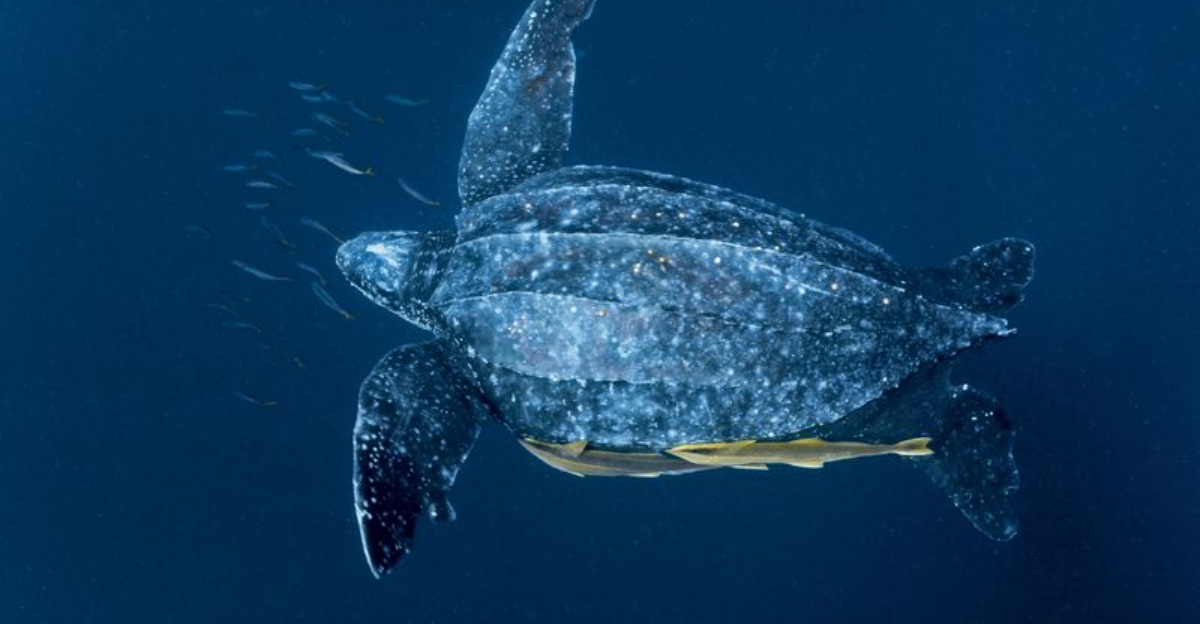
Imagine swimming alongside a creature that weighs as much as a small car yet glides through ocean depths with remarkable grace.
The leatherback sea turtle stands as nature’s ultimate marine marathoner, traveling thousands of miles across open oceans each year. These ancient mariners have survived since dinosaur times, but now face critical threats that make understanding their extraordinary lives more important than ever.
1. Ancient Ocean Giants
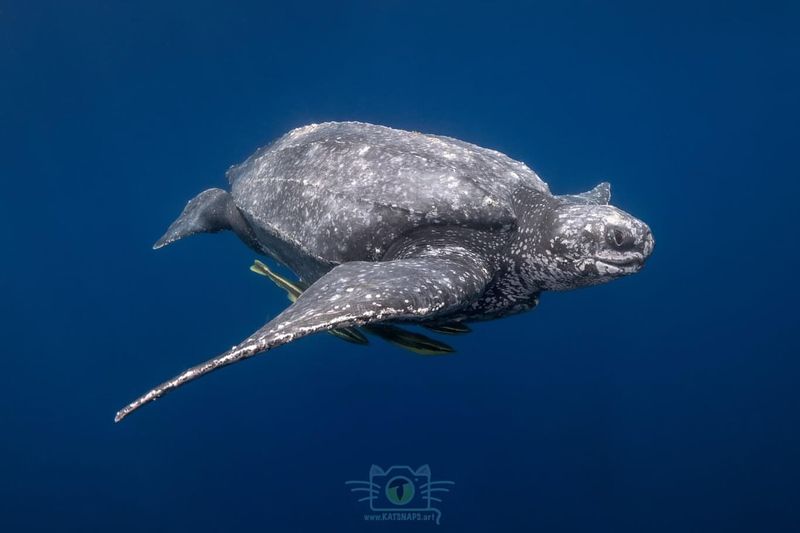
Roaming Earth’s oceans for over 100 million years, leatherbacks swam alongside dinosaurs and survived the mass extinction that wiped them out.
Their prehistoric lineage makes them living fossils in today’s seas. Unlike other sea turtles, they’ve maintained their distinctive appearance for eons, with few evolutionary changes.
2. Record-Breaking Size
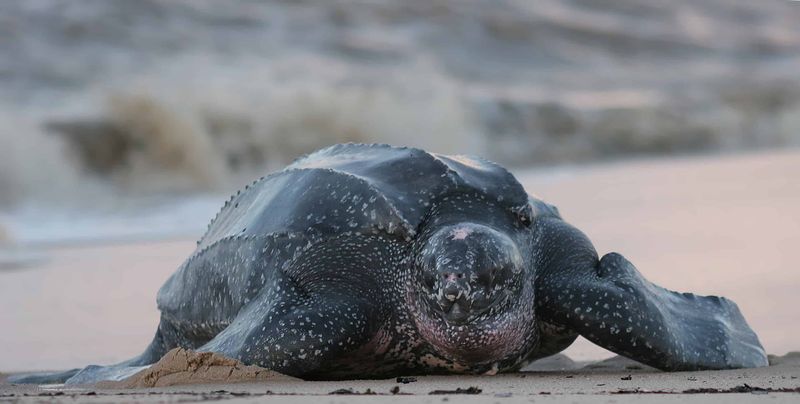
Among all living turtles, leatherbacks claim the crown for sheer magnitude. Adult males regularly reach 6 feet in length and tip the scales at 1,500 pounds.
Some exceptional individuals have been documented weighing nearly a ton! Their massive size helps them maintain body heat in frigid waters where other reptiles couldn’t survive.
3. Built-In Wetsuit
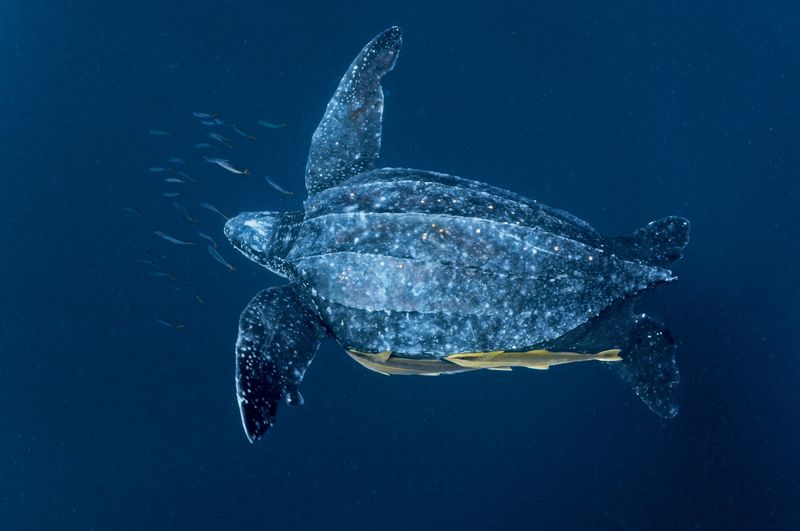
Unlike their hard-shelled cousins, leatherbacks sport a unique leathery carapace – a thick, rubbery shell reinforced with thousands of tiny bone plates.
This flexible armor allows for deeper dives without shell damage from pressure changes. Their distinctive ridged back improves hydrodynamics, letting them slice through water with minimal resistance.
4. Deep-Sea Explorers
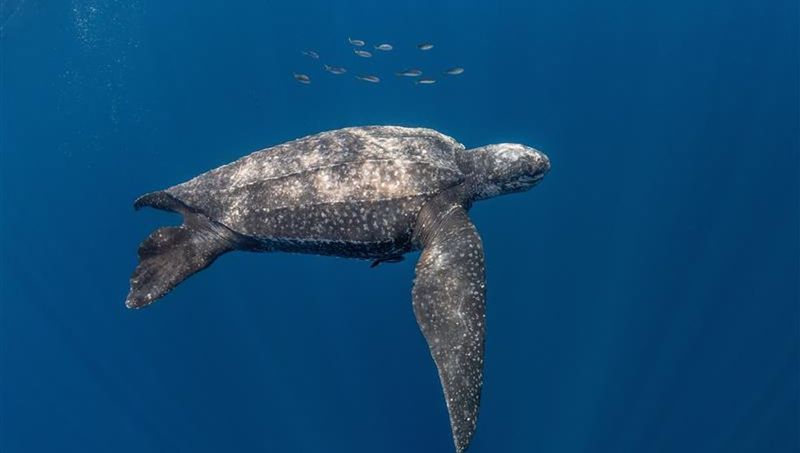
Few air-breathing animals venture as deep into the ocean’s twilight zone as leatherbacks. These extraordinary divers routinely plunge to depths exceeding 3,000 feet – deeper than many submarines operate!
Their collapsible lungs and specialized blood chemistry allow them to endure crushing pressures that would harm most vertebrates.
5. Jellyfish Enthusiasts
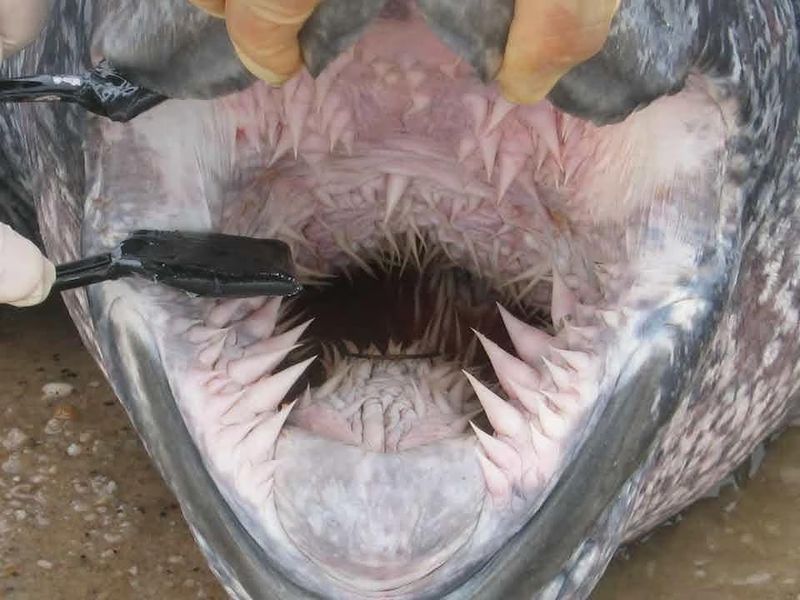
Equipped with spiky throat adaptations, leatherbacks feast almost exclusively on slippery, stinging jellyfish. Their scissor-like jaws make quick work of these gelatinous meals.
A hungry adult can devour several hundred pounds of jellies daily! This specialized diet helps control jellyfish populations, providing a crucial ecological service to marine ecosystems.
6. Marathon Migrants
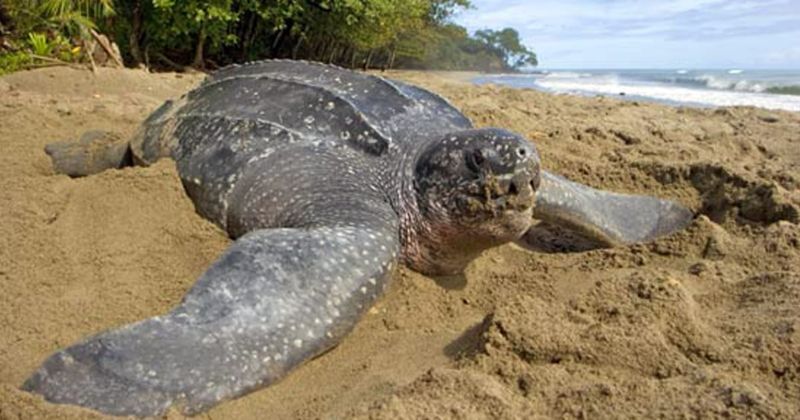
Cross-ocean journeys? No problem for these long-distance champions. Satellite tracking has revealed individual leatherbacks swimming over 10,000 miles annually between feeding and nesting grounds.
One famous turtle, nicknamed “Isabela,” traveled from Indonesia to Oregon – roughly equivalent to swimming from Tokyo to San Francisco!
7. Warm-Blooded Reptiles
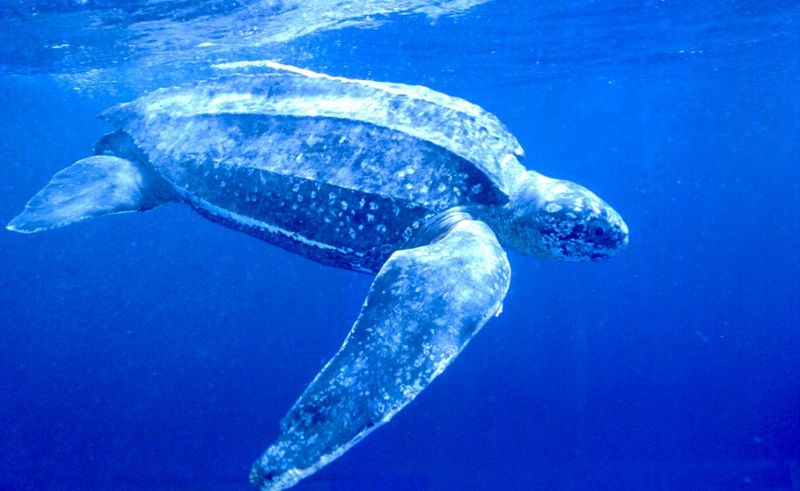
Breaking reptilian rules, leatherbacks maintain body temperatures up to 18°F warmer than surrounding waters. This rare ability, called gigantothermy, comes from their massive size, specialized fat layers, and unique blood vessel arrangements.
Their internal heating system allows them to venture into frigid polar waters where other sea turtles would become immobilized.
8. Beach-Born But Ocean-Bound
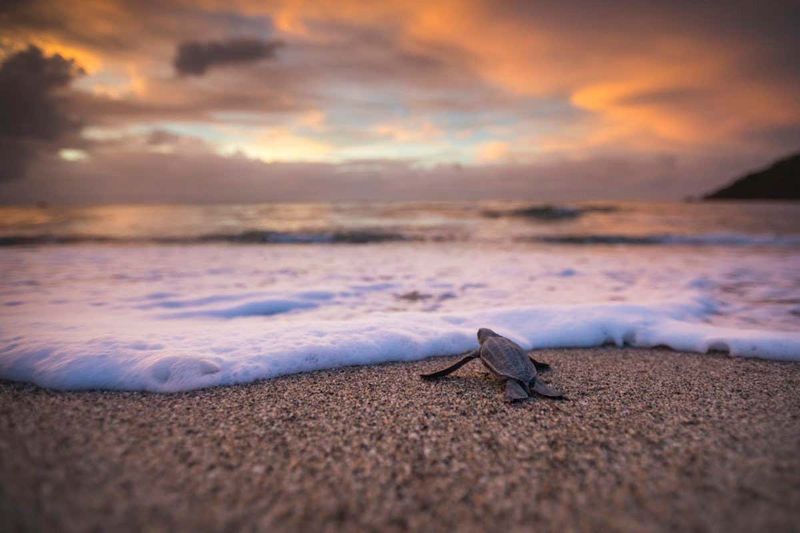
Female leatherbacks return to their birth beaches every 2-3 years, digging deep nests to lay around 80 golf ball-sized eggs. After two months incubating in warm sand, hatchlings emerge under cover of darkness.
The mad dash to the sea is perilous – only about one in a thousand babies will survive to adulthood in the vast open ocean.
9. Cosmic Navigators
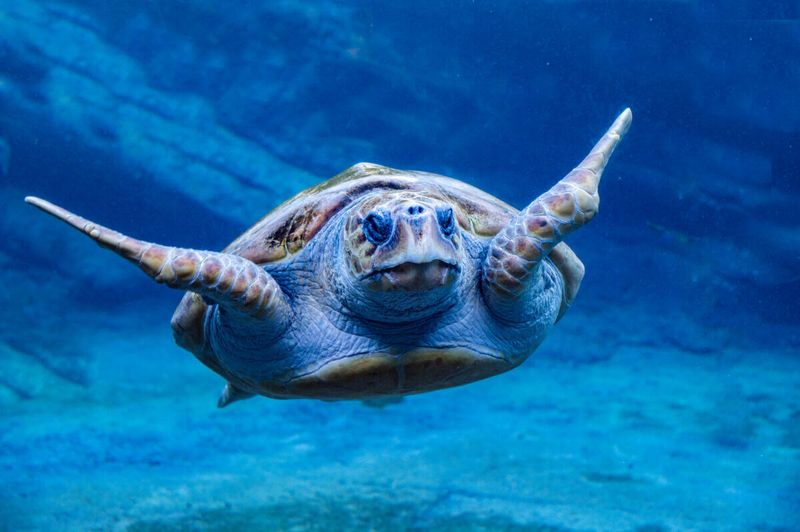
How do leatherbacks find tiny nesting beaches after years at sea? Scientists believe they detect Earth’s magnetic field like living compasses.
This internal GPS helps them navigate featureless ocean expanses with remarkable precision. Some individuals return to nest on the exact same quarter-mile stretch of beach where they hatched decades earlier!
10. Tears of Salt
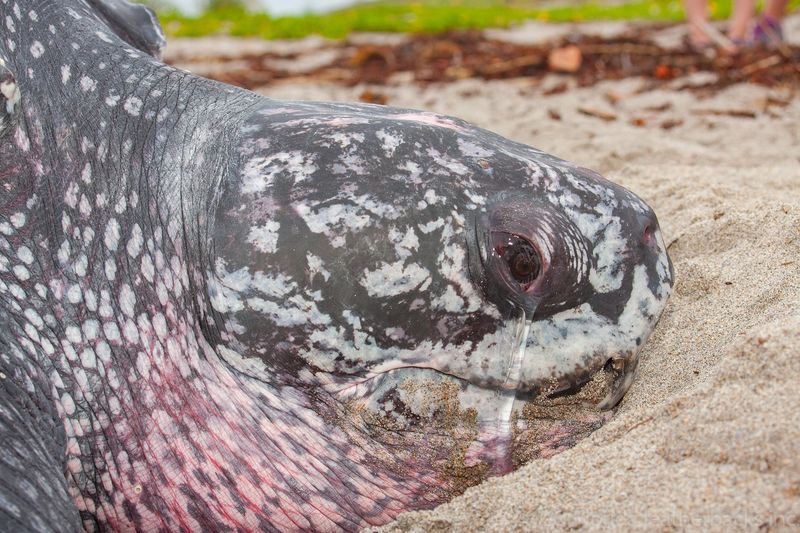
Those aren’t emotional tears streaming down leatherback faces! Special glands near their eyes excrete excess salt from their bodies – a crucial adaptation for marine life.
These salt glands work overtime processing the massive quantities of saltwater they inadvertently consume while feeding. Without this system, they’d quickly become fatally dehydrated despite being surrounded by water.
11. Plastic Peril
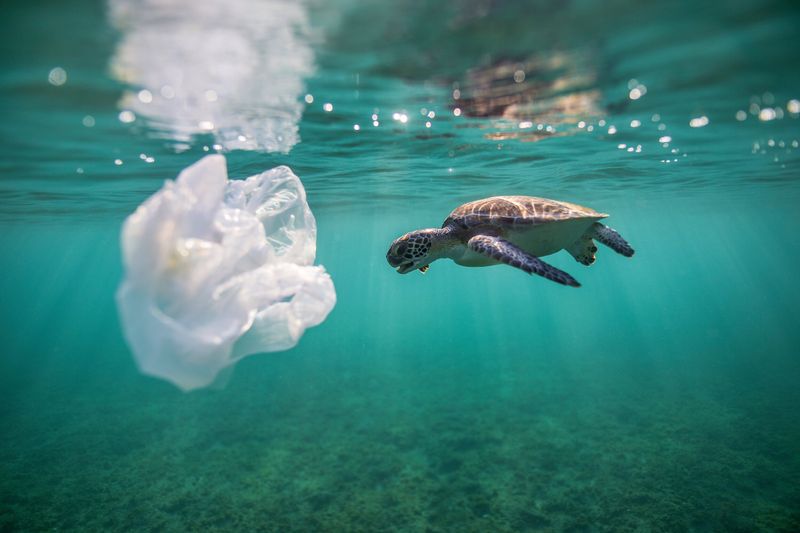
Floating plastic bags look remarkably similar to jellyfish – their favorite food. This tragic case of mistaken identity often proves fatal when leatherbacks consume plastic debris.
Autopsies have revealed stomachs filled with plastic waste, leading to starvation. Conservation efforts now focus on reducing plastic pollution to protect these ancient mariners from modern threats.
12. Ancient Cultural Connections
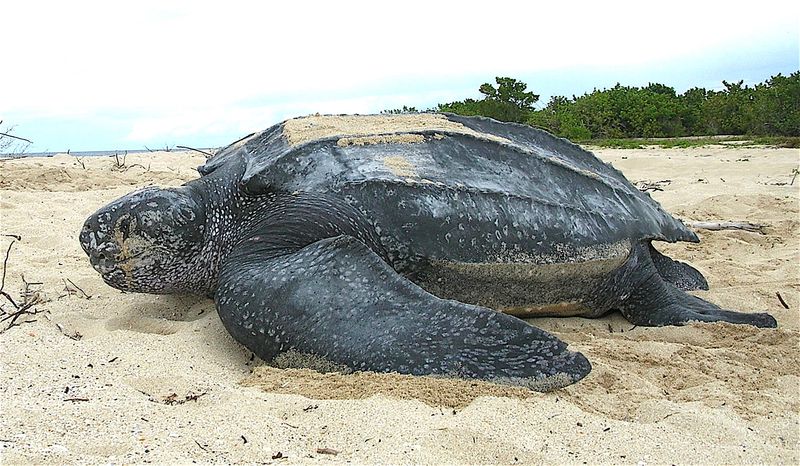
From Polynesian mythology to Caribbean folklore, leatherbacks have woven themselves into human cultures for millennia. Indigenous Pacific Islanders once believed they carried the souls of deceased chiefs across ocean realms.
Coastal communities developed taboos against harming these creatures, creating early conservation ethics long before modern protection laws existed.
13. Conservation Comeback
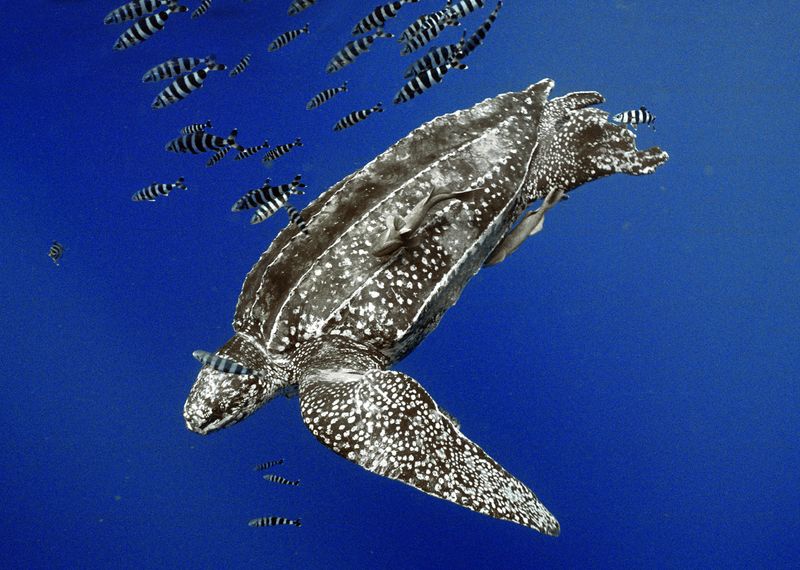
Once facing near-extinction in the Pacific, some leatherback populations are showing signs of recovery thanks to dedicated conservation efforts. Beach protection programs guard nesting sites from poachers and predators.
Innovative fishing gear modifications help prevent accidental captures. Though still endangered globally, success stories like Gabon’s protected beaches offer hope for these remarkable ocean wanderers.

